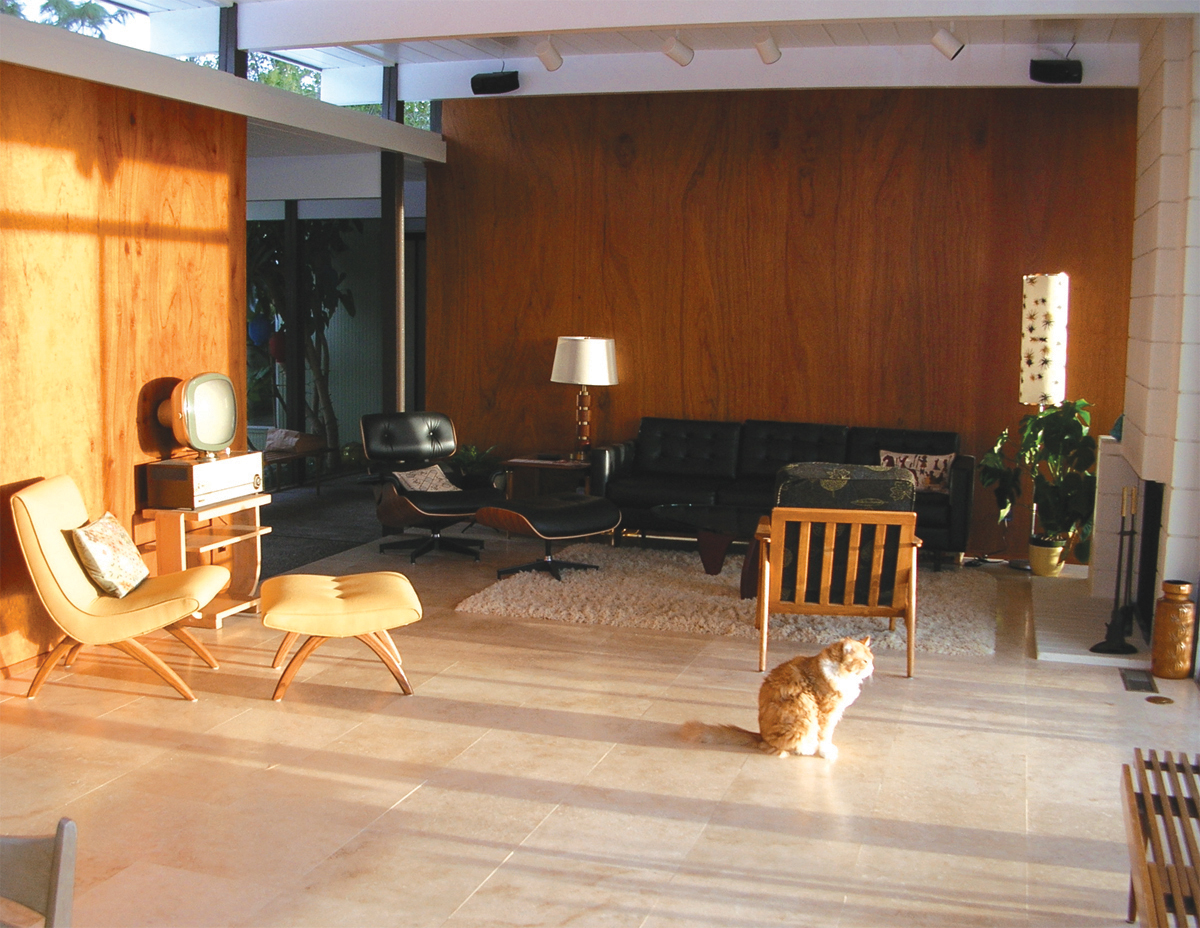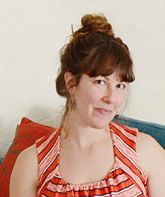Flooring—It's Only Natural
 |
|
|
 |
|
|
 |
|
|
 |
|
|
For many mid-century modern homeowners, choosing floor surfaces is among the most difficult remodeling decisions to make. For interior designer Rachelle Padgett, the answers are only natural—literally.
"Mid-century modern is really about using natural materials in their natural style," said Padgett, principal and designer at Synthesis Interiors & Color, specializing in color consultation and "eco-friendly design."
Of course, Padgett concedes that when deciding on flooring materials, "There are a number of considerations."
Once a client has established what their budget for flooring is going to be, she said, "The most important thing is asking a lot of questions and understanding a client's lifestyle."
For example, whether the homeowners have children and/or pets is a critical factor for flooring in certain parts of the house. Also, for each individual section of the house, Padgett said, "I like to find out what kind of [foot] traffic they're going to have."
Citing safety concerns for one natural surface that she generally favors, she added, "Stone is great for high-traffic areas, but I wouldn't put it where children are playing."
While slate can require somewhat less cleaning because its mottled colors and veining hide a degree of dirt, to keep stone looking its best requires more frequent maintenance than most surfaces.
Probably Padgett's favorite flooring for this type of home is cork, which she terms "a fantastic material for Eichlers."
"Cork these days comes in a whole variety of options," said the Berkeley-based designer. "I really love what I call 'modern cork.'"
Padgett explained that cork floor tile comes in several different textures, dyed colors, and sizes of tile ranging from sheets to square-foot tiles to 6-by-18-inch tiles.
"I've seen some really beautiful white-stained cork," she remarked.
Furthermore, while reviewing past posts on the Eichler Network's Chatterbox Lounge forum, we noted one homeowner who remarked how laying cork can be a "relatively easy" do-it-yourself project.
"I installed Globus cork tiles in my Eichler," posted Sacramento Eichler owner Dane Henas. "They came pre-glued on the back with contact cement, and all you had to do was roll the contact cement on the floor, then wait for it to dry, and then place tiles.
"It's important to lay out the tiles carefully," Henas cautions. "I probably did a better job than a contractor would because I really cared that the tiles matched up on the corners of the walls. I measured my house carefully, made a drawing on my computer, and did chalk snap lines of the grid—that way, no surprises."
"Unfortunately, cork can be susceptible to scratching and denting," Padgett warned, a characteristic that makes the surface vulnerable to large dogs and careless, hard-soled shoes.




